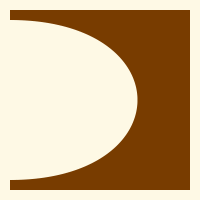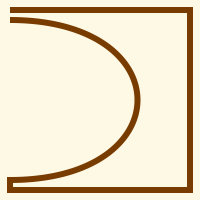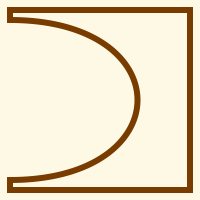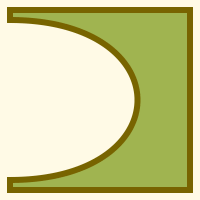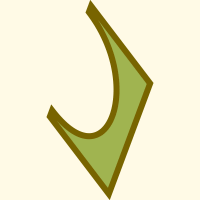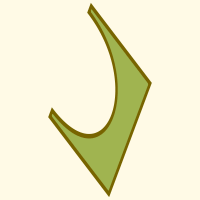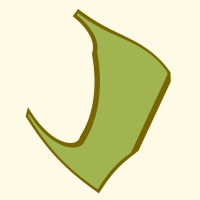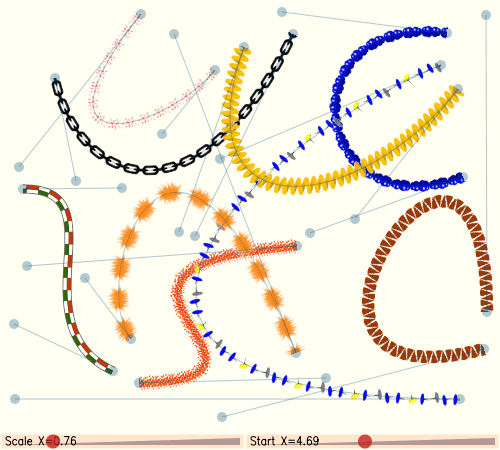#include <stdio.h>
#include <string.h>
#include "agg_pixfmt_rgb24.h"
#include "agg_renderer_base.h"
#include "agg_renderer_scanline.h"
#include "agg_scanline_u.h"
#include "agg_rasterizer_scanline_aa.h"
#include "agg_path_storage.h"
enum
{
frame_width = 200,
frame_height = 200
};
// Writing the buffer to a .PPM file, assuming it has
// RGB-structure, one byte per color component
//--------------------------------------------------
bool write_ppm(const unsigned char* buf,
unsigned width,
unsigned height,
const char* file_name)
{
FILE* fd = fopen(file_name, "wb");
if(fd)
{
fprintf(fd, "P6 %d %d 255 ", width, height);
fwrite(buf, 1, width * height * 3, fd);
fclose(fd);
return true;
}
return false;
}
int main()
{
// Allocate the frame buffer (in this case "manually")
// and create the rendering buffer object
unsigned char* buffer = new unsigned char[frame_width * frame_height * 3];
agg::rendering_buffer rbuf(buffer,
frame_width,
frame_height,
frame_width * 3);
// Create Pixel Format and Basic renderers
//--------------------
agg::pixfmt_rgb24 pixf(rbuf);
agg::renderer_base<agg::pixfmt_rgb24> ren_base(pixf);
// At last we do some very simple things, like clear
//--------------------
ren_base.clear(agg::rgba8(255, 250, 230));
// Create Scanline Container, Scanline Rasterizer,
// and Scanline Renderer for solid fill.
//--------------------
agg::scanline_u8 sl;
agg::rasterizer_scanline_aa<> ras;
agg::renderer_scanline_aa_solid<
agg::renderer_base<agg::pixfmt_rgb24> > ren_sl(ren_base);
// Create Vertex Source (path) object, in our case it's
// path_storage and form the path.
//--------------------
agg::path_storage path;
path.remove_all(); // Not obligatory in this case
path.move_to(10, 10);
path.line_to(frame_width-10, 10);
path.line_to(frame_width-10, frame_height-10);
path.line_to(10, frame_height-10);
path.line_to(10, frame_height-20);
path.curve4(frame_width-20, frame_height-20,
frame_width-20, 20,
10, 20);
// The vectorial pipeline
//-----------------------
ras.add_path(path);
//-----------------------
// Set the color and render the scanlines
//-----------------------
ren_sl.color(agg::rgba8(120, 60, 0));
agg::render_scanlines(ras, sl, ren_sl);
// Write the buffer to result.ppm and liberate memory.
//-----------------------
write_ppm(buffer, frame_width, frame_height, "result.ppm");
delete [] buffer;
return 0;
}
|
 http://www.w3.org/Graphics/SVG/ for which we can find a number of
viewers (the most advanced one is Adobe SVG,
http://www.w3.org/Graphics/SVG/ for which we can find a number of
viewers (the most advanced one is Adobe SVG,  http://www.adobe.com/svg/).
But they both are “end-user” applications and cannot be used as
rendering libraries available from C++. SVG would be the best 2D
standard if there were available implementations that support the
whole SVG specification and provide appropriate quality, performance,
and consume reasonable amount of memory.
http://www.adobe.com/svg/).
But they both are “end-user” applications and cannot be used as
rendering libraries available from C++. SVG would be the best 2D
standard if there were available implementations that support the
whole SVG specification and provide appropriate quality, performance,
and consume reasonable amount of memory.

